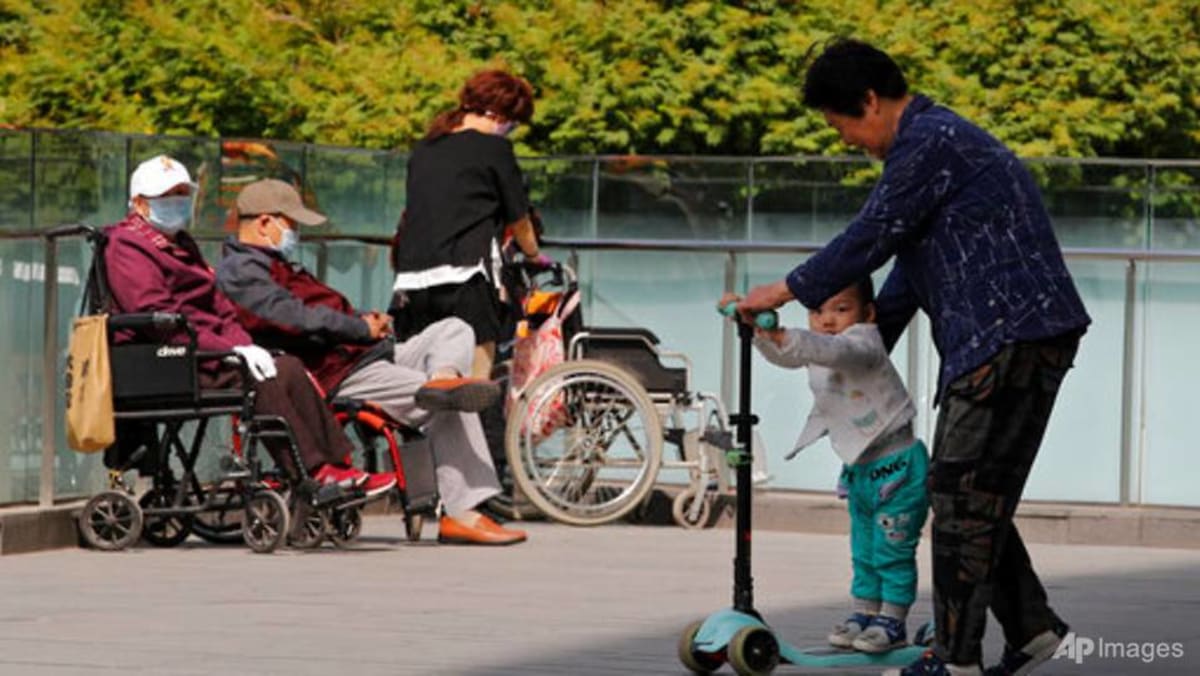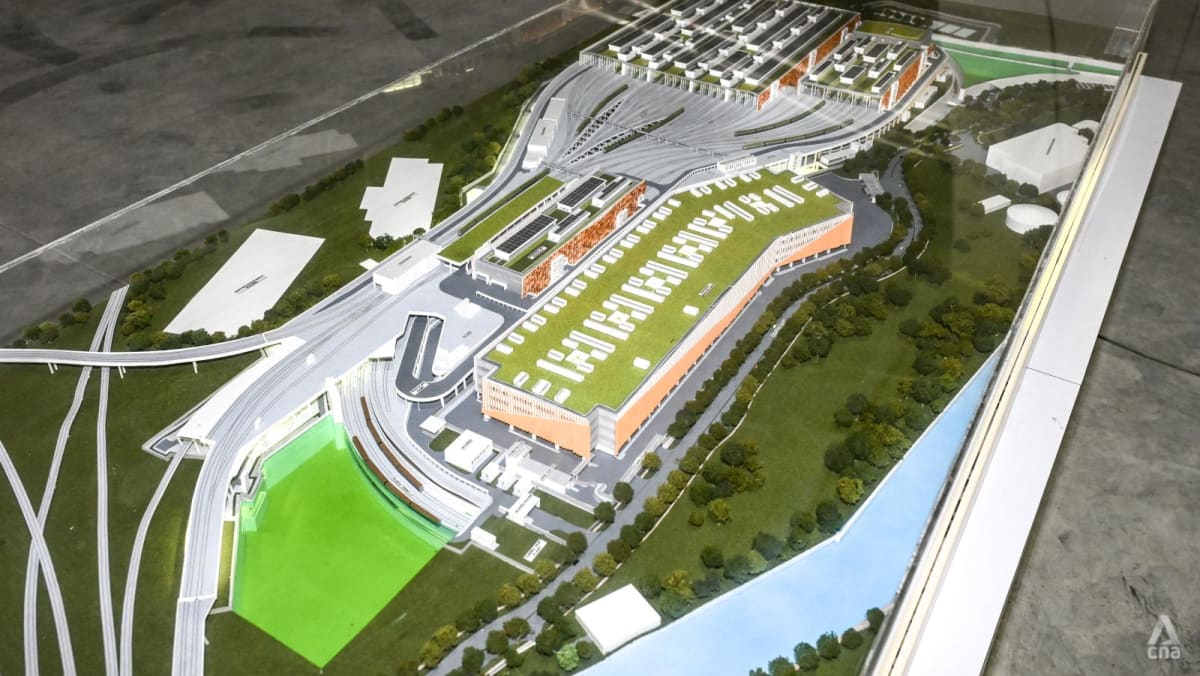Business and labour experts describe Singapore’s tripartism model – which involves a collaborative approach between unions, employers and the government – as a rarity in the world.
Dr Chew Soon Beng, from the Nanyang Technological University (NTU), said that the closeness between NTUC and the ruling party is such that observers might not be able to see daylight between them.
“To outsiders, they cannot tell them apart because MPs leading NTUC are also PAP MPs leading the government,” said the adjunct senior fellow at S Rajaratnam School of International Studies, NTU, who has written several books about labour relations.
To understand this symbiotic relationship though, one has to trace back the genesis of the labour movement here.
The NTUC was formed before Singapore’s nationhood in 1961, after the Trades Union Congress (TUC) split into two factions – the non-communist NTUC and pro-communist Singapore Association of Trade Unions (SATU).
NTUC aligned with PAP while SATU, which had the support of a large number of unions, formed an alliance with Barisan Sosialis.
The period after the split saw a spike in strikes. Of the 116 strikes that occurred in 1961, 77 happened after SATU applied to register with the Registrar of Trade Unions in August. This compared with 45 strikes in 1960, according to NTUC.
In 1963, SATU was refused registration by the registrar, leaving NTUC as the sole union congress.
By 1969, however, NTUC’s membership had fallen drastically, in part due to the dissatisfaction among rank-and-file members over NTUC’s support for legal amendments that curtailed unions’ powers to make demands.
To address this, a “modernisation of the labour movement” seminar was held, where labour union members and leaders were convinced to abandon the old confrontational ways in favour of a more collaborative approach that would support nation-building.
Instead of heading to the picket line as a first resort, union leaders were urged to take issues to the negotiation table.
NTUC’s current deputy secretary-general Desmond Tan, 54, told CNA TODAY: “During that time when NTUC agreed to tripartism, telling the union leaders that they had to give up their aggressive ways of seeking rights and protection, that was not something easy.
Mr Tan is also senior minister of state in the Prime Minister’s Office.
“But we understood why, as a small country, we had to do that,” he said, noting that workers were not getting a better outcome through strikes, which often led to loss of income and high unemployment.
Fast forward to today and NTUC has helped its members settle thousands of disputes since.
Between 2019 and 2023, NTUC handled 10,435 industrial relations cases among its ordinary branch members, according to its latest figures.
About 96 per cent of such cases were resolved at the company level, with the remainder escalated to the Ministry of Manpower (MOM).
These cases include disputes over salary and benefits, dismissal and termination concerns and workplace conflicts, among others.
Ordinary branch members generally refer to those working in unionised companies. General branch members are those from non-unionised companies, or who work in unionised companies but are in a “non-bargainable” positions, such as top executives of the firm.
In the same period, NTUC handled 15,113 cases involving general branch members, through the Tripartite Alliance for Dispute Management @ NTUC (TADM@NTUC).
NTUC’s membership has grown 30 per cent in the last three years to reach over 1.3 million, said NTUC secretary-general Ng Chee Meng at the latest May Day Rally.
Of this number, about 45 per cent are professionals, managers and executives (PMEs), which mirrors the PME ratio at the national level, he said.
The share of Professionals, Managers, Executives & Technicians (PMETs) among employed residents increased from 62.6 per cent in 2023 to 63.7 per cent in 2024, according to latest figures by the manpower ministry.
Building the membership among higher educated workers has been a key concern of the labour movement in recent years.
For instance, former Cabinet minister and NTUC chief of 13 years, Mr Lim Boon Heng, during a labour movement event in September 2023, noted that a survey had found that tertiary-educated workers showed less support for tripartism than those who had lower education.
“They don’t know what the trade unions do,” he noted then.
The online survey Mr Lim was citing had been conducted by the PAP Policy Forum in August 2023, involving 1,500 party members and non-members and touched on various issues, including their attitude towards tripartism.
Mr Lim said that when he was secretary-general of the labour movement up to 2006, he saw the educational profile of the workforce changing.
He had wanted to expand the scope of union representation to more of these higher educated workers, but was unable to do so.
“So we have therefore structurally denied workers with higher education the possibility of joining the union,” he said then, adding: “And then I must also say that maybe (NTUC) didn’t do enough to look into what might interest the better-educated workers.”
Nearly a decade after Mr Lim’s tenure ended, the Industrial Relations Act that regulates a trade union’s function in employer-employee relationships was amended in 2015 to allow rank and file unions to represent executive employees on a collective basis.
In November 2023, Mr Ng also said that pushing for more PMEs to join NTUC was among the top priorities in upcoming years, in a bid to make NTUC an “all-collar” union in light of the growing proportion of PMEs in the local workforce.
“As our workforce becomes increasingly PME-centric, there is an urgent need to extend our scope of representation to include PMEs in collective bargaining and onboard PMEs into union leadership,” he said.







_0.jpg?itok=0_vrgz7M)





